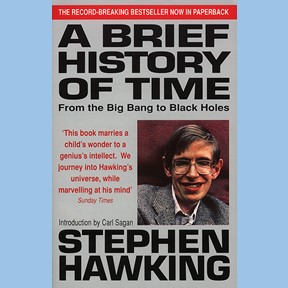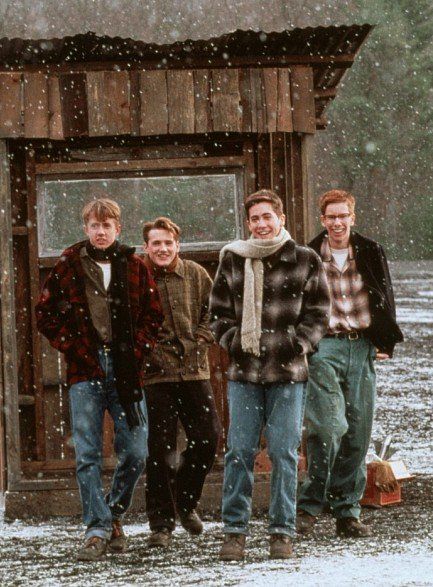
Physics is a beautiful subject, apparent and applicable in the day-to-day life. The mysterious phenomena of nature have sparked human interest since time immemorial. But if the education system is unable to keep the curiosity alive then something must not be right.
In this post, you will learn how best to teach physics by using the IRADE technique, a teaching method of taking multiple approaches. It is based on American physicist Richard Feynman's philosophy: "The best way to teach is to be very chaotic, in the sense, that you use every possible way of doing it."
In this post, you will learn how best to teach physics by using the IRADE technique, a teaching method of taking multiple approaches. It is based on American physicist Richard Feynman's philosophy: "The best way to teach is to be very chaotic, in the sense, that you use every possible way of doing it."
Introduce
Narrate the history of the concept in a story-like format. How and why something being taught was discovered is a good way to start. Make use of humor whenever possible. This will take students on a ride and peak their interest. Then, define the concept with a bookish definition along with the equation associated with that concept.
Relate
Give at least three real-world examples of the concept. For example, suppose you are teaching the third law of motion. It is visible in many instances of life, such as while walking, jumping, swimming, recoiling of gun, rocket propulsion, etc.

This is an important step because otherwise their understanding is merely bookish, that is, robotic in a sense. If students know examples, the next time they observe similar phenomena they will immediately recall the associated concept in physics.
Apply
Solve at least two numerical problems from the textbook. From the beginner level to the advanced. Make sure that students understand the approach. Accept questions from students if they have any doubts.
Demonstrate
Visual demos are necessary for science teaching because they implant the concept in the mind of the learner. In the case of third law of motion, you could use balloon in a controlled propulsion activity.

You may even start the lesson with demonstration (before narrating that history) or insert it in the middle somewhere. There is always at least one experiment for each physics concept. Try to find it on the internet and replicate in class if possible.
Examine
In the end, test your students (but make it fun, like a quiz). You may group them into teams and even give incentive to the winner. Students will look forward to this event and it will not only strengthen their understanding but also develop teamwork. You may also examine students more formally once this activity is done.
Summing up
Teaching is a noble profession but half-hearted teaching benefits no one. By using the IRADE technique, any science teacher can become a rock star for their students. More importantly, physics classes will not bore students like it used to before. So please share this post with a fellow science teacher.

















 Physics, astronomy and science history blog for students
Physics, astronomy and science history blog for students